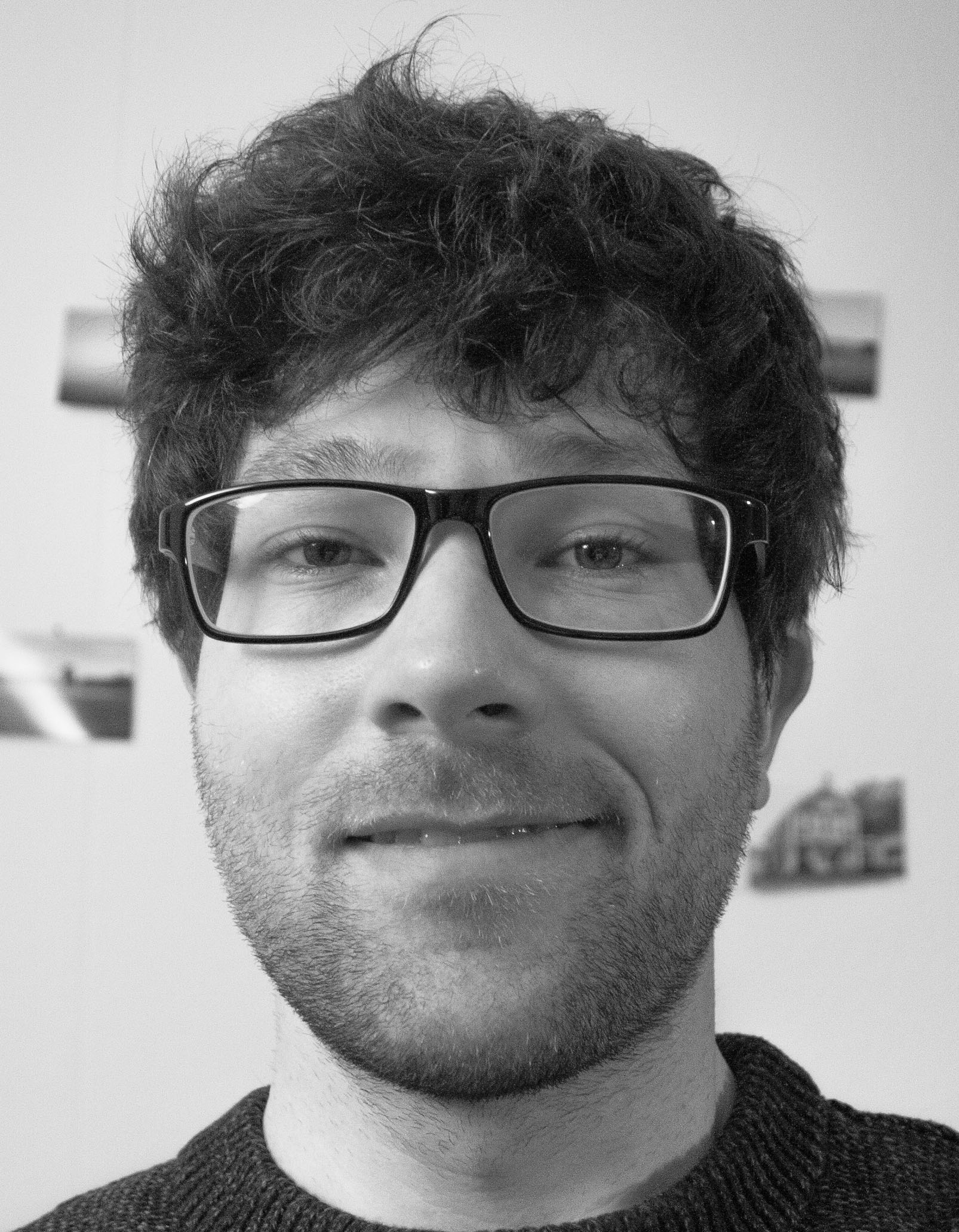I am a post-doctoral researcher in James Locke's group at the Sainsbury laboratory. I am interested in how cells discriminate between different environmental states, integrate dynamic outputs from different gene circuits, and make decisions. In my current research, I use a combination of theory and time-lapse microscopy experiments to understand the dynamical coupling of the cyanobacterial circadian clock to other networks, in both endogenous and synthetic systems.
Circadian clocks are a class of networks that regulate rhythmic expression in response to daily cycles of sunlight. A large fraction of all genes in the cyanobacterium Synechococcus elongatus are clearly under circadian control. Recently, I studied the coupling of the clock to a circuit that controls expression of the gene psbAI. Genes regulated by the clock typically peak once a day, either at dawn or at dusk. However, under conditions of constant low light, I observed a doubling of the frequency of expression of psbAI, i.e., its expression peaks twice a day. Using genetic and environmental perturbations, I found these dynamics can be modulated: either single-peak or two-peak expression can be generated. Using an iteration of modelling and experiments, I then determined the network design principles underlying the dynamics of frequency doubling.
In electronics, clock signals are essential elements of complex circuits, allowing different components of the circuit to be linked and synchronised. In biology, clocks likely play a similar role. Rational designing of oscillators has been a pursuit of synthetic biology since its inception, but evolution has already endowed natural systems with extremely reliable and robust oscillators in the form of circadian clocks. If we can understand how to harness clocks to generate specific (non-circadian) frequencies, and how to systematically integrate clocks with other pathways, we could gain a powerful tool to enable the construction of more complex synthetic circuits.
Before coming to Cambridge, I did a PhD in Peter Swain's lab at the University of Edinburgh. In my PhD I used mathematical modelling to gain insight into two simple, yet ubiquitous, sensing and transductions mechanisms: allosteric sensing and phosphorylation-dephosphorylation cycles. I studied the input-output dynamics of these mechanisms in terms of the fundamental constraints inherent in their design.


